Growing Electric Vehicle Market
The expansion of the electric vehicle (EV) market is a pivotal driver for the Air Electrode Battery Market. As consumers increasingly shift towards electric mobility, the demand for high-performance batteries is escalating. Air electrode batteries, known for their lightweight and high energy density, are well-suited for EV applications. Market analysis indicates that the EV market is expected to grow at a compound annual growth rate of approximately 25% over the next decade. This growth trajectory is likely to create substantial opportunities for the Air Electrode Battery Market, as manufacturers seek to develop batteries that meet the rigorous performance standards required for electric vehicles. The synergy between the EV market and air electrode battery technology may lead to innovative solutions that enhance the overall efficiency and sustainability of transportation.
Advancements in Battery Technology
Technological innovations are significantly influencing the Air Electrode Battery Market. Recent advancements in materials science and electrochemistry have led to the development of more efficient air electrode batteries. These innovations include the use of novel catalysts and improved electrolyte formulations, which enhance the performance and longevity of batteries. Market data indicates that the adoption of advanced battery technologies is expected to increase, with a projected market size of over 10 billion dollars by 2027. This growth is indicative of the industry's shift towards more sustainable and efficient energy storage solutions. As manufacturers continue to invest in research and development, the Air Electrode Battery Market is likely to benefit from enhanced product offerings that meet the evolving demands of consumers and industries alike.
Government Initiatives and Regulations
Government policies and regulations play a crucial role in shaping the Air Electrode Battery Market. Many governments are implementing initiatives aimed at promoting clean energy technologies and reducing carbon emissions. These policies often include incentives for the adoption of advanced battery technologies, which can significantly impact market dynamics. For instance, various countries have set ambitious targets for electric vehicle adoption, which in turn drives the demand for efficient battery systems. Recent reports suggest that government funding for battery research and development has increased, with allocations reaching several hundred million dollars annually. Such initiatives are likely to foster innovation within the Air Electrode Battery Market, encouraging manufacturers to develop more efficient and environmentally friendly battery solutions.
Rising Demand for Energy Storage Solutions
The Air Electrode Battery Market is experiencing a notable surge in demand for energy storage solutions. This trend is primarily driven by the increasing need for efficient energy management systems across various sectors, including residential, commercial, and industrial applications. As energy consumption patterns evolve, the necessity for reliable storage options becomes paramount. According to recent data, the energy storage market is projected to grow at a compound annual growth rate of over 20% in the coming years. This growth is likely to propel the Air Electrode Battery Market, as these batteries offer high energy density and longer life cycles compared to traditional battery technologies. Consequently, the integration of air electrode batteries into energy storage systems may enhance overall efficiency and sustainability, making them a preferred choice for energy storage solutions.
Increased Focus on Renewable Energy Integration
The integration of renewable energy sources into the energy grid is becoming increasingly vital, and the Air Electrode Battery Market is poised to benefit from this trend. As more countries invest in solar, wind, and other renewable energy technologies, the need for efficient energy storage solutions becomes apparent. Air electrode batteries offer a promising solution due to their ability to store excess energy generated during peak production times. Recent studies suggest that the energy storage market, particularly for renewable integration, could reach a valuation of over 15 billion dollars by 2030. This potential growth underscores the importance of air electrode batteries in facilitating the transition to a more sustainable energy landscape. As the demand for renewable energy storage solutions rises, the Air Electrode Battery Market is likely to play a crucial role in supporting this transition.


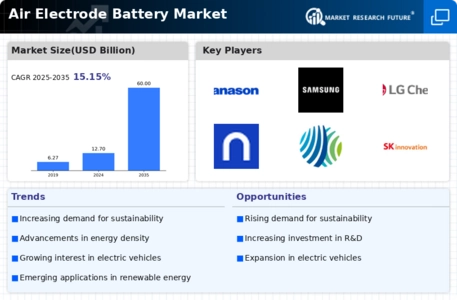
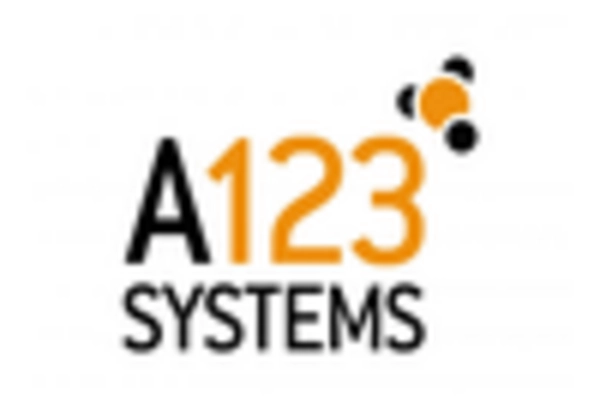

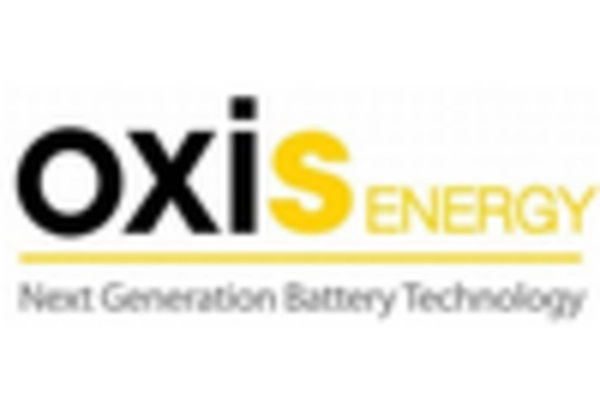
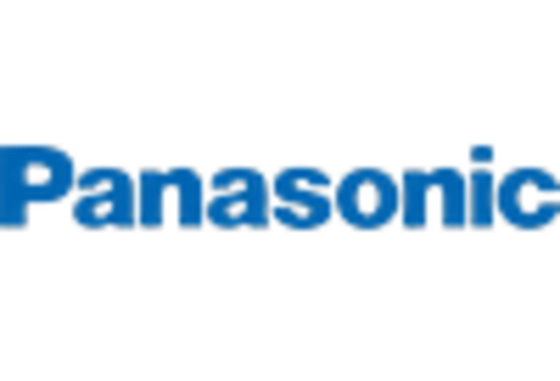
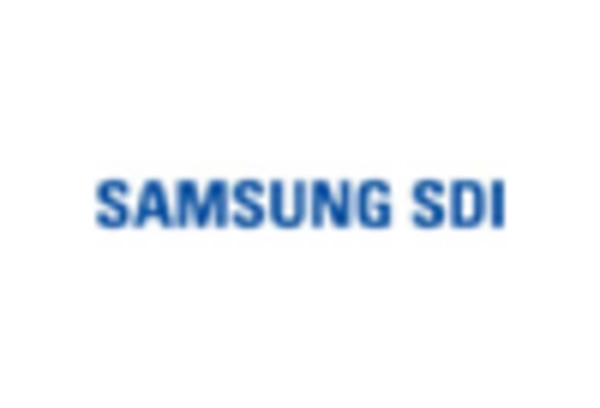









Leave a Comment